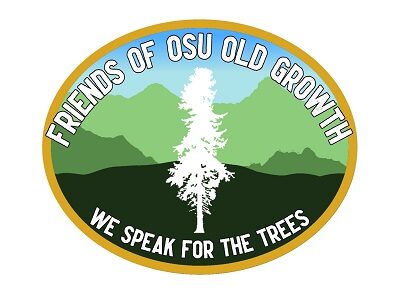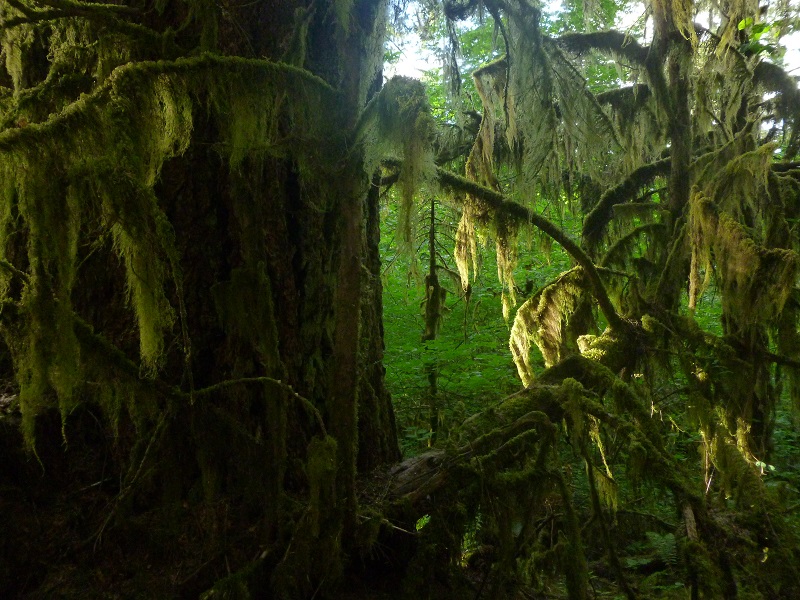
If you’re looking for a quick primer on “old-growth forests”, you might just want to refer to Wikipedia ( https://en.wikipedia.org/wiki/Old-growth_forest ). For a more philosophical take, read on…
Folks who study forests, like most scientists, are drawn to details and jargon. They write sentences like:
” Major subcommunities include the arboreal community that is composed of a rich assemblage of herbivores, fungivores, and their associated predators and parasitoids that function to regulate primary production and nutrient fluxes, the stem zone community that includes bark- and wood-boring species and their associated predators and parasitoids that initiate the decomposition of coarse woody debris, and the forest floor community composed of a variety of detritivores, fungivores, burrowers, and their associated predators and parasitoids that are instrumental in litter decomposition.” (1)
And that’s just a small part of the article abstract! Problems arise when we rely on these professionals to define issues and guide debate that involves society as a whole. As OSU professor emeritus John Bliss wrote in his 2000 paper, “Public Perceptions of Clearcutting”:
“Experts perceive issues in their field differently from lay people, and they are notoriously poor at understanding other’s perceptions about their field…” (2)
I believe the same problem exists when one considers perceptions related to “Old Growth”. Academics write lengthy papers on various attributes of old-growth forests, such as mixed-age stands, canopy openings, species dominance, coarse woody debris, and ground litter. They spend decades trying to figure out how to maximize timber production, while preserving ecosystem functions. In the end, they often fail to see both the trees and the forest beyond the myopic minutia of their field of study. This is not meant as a criticism, but rather an observation of the intense, narrow focus that invariably affects their perspective.
The public as a whole doesn’t really care whether a forest has all the classic attributes of “Old Growth”. They don’t look at big trees and say, “It looks like old-growth, but it’s clearly lacking in predaceous arthropods, and insectivorous vertebrates needed to maintain a lower abundance of herbivores”. The average person knows “Old Growth” when they see it. They may not be able to recite any of the technical characteristics of Old Growth, but they overwhelmingly value old trees and want them protected. (3)
A few wise folks within OSU’s College of Forestry recognized the value of the Baker Creek and Sulphur Springs stands decades ago – and tried to get them protected. The fact that a pair of northern spotted owls chose to nest there (despite it being marginal habitat far from their normal range) was a sign that these trees were special.
Other people with influence and power and a focus on timber production succeeded in keeping these stands in their “forest management harvest program”. They argued that the stands didn’t have enough of the attributes of an old-growth forest ecosystem (despite the abundance of centuries-old trees – and the nesting northern spotted owls). I suspect they used the cloud of scientific debate as a “smoke screen” to hide their true agenda (to return the land to timber production). The truth is probably a lot more nuanced, just like nature is far more complex than our limited ability to perceive and understand it. Look at the pictures and judge for yourself…better yet, go to the forest and see it in person!
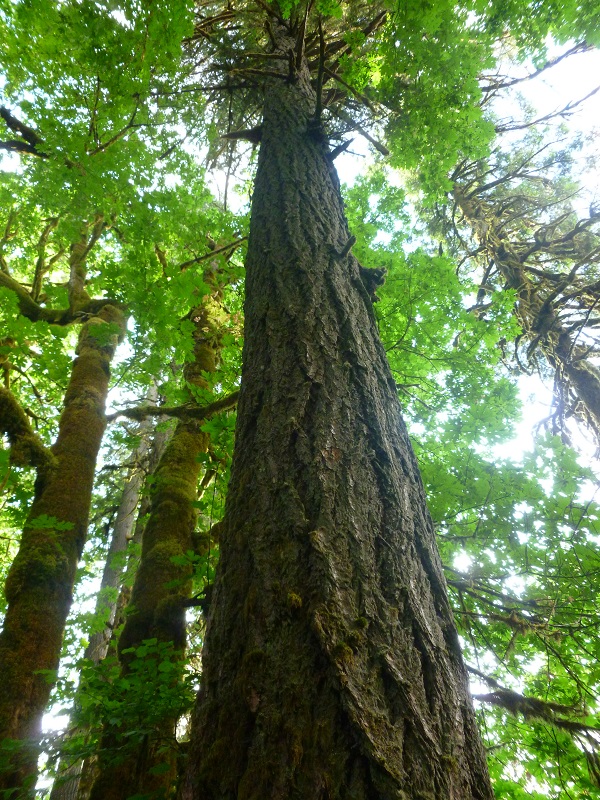
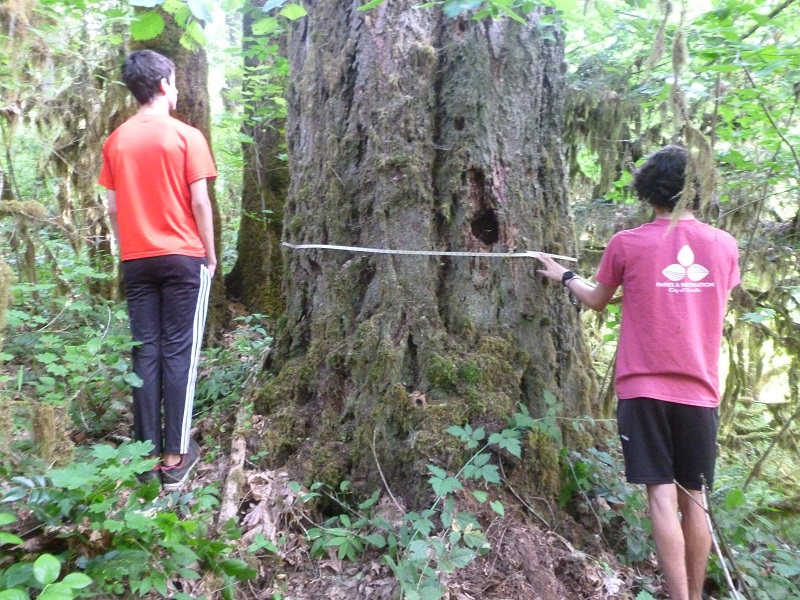
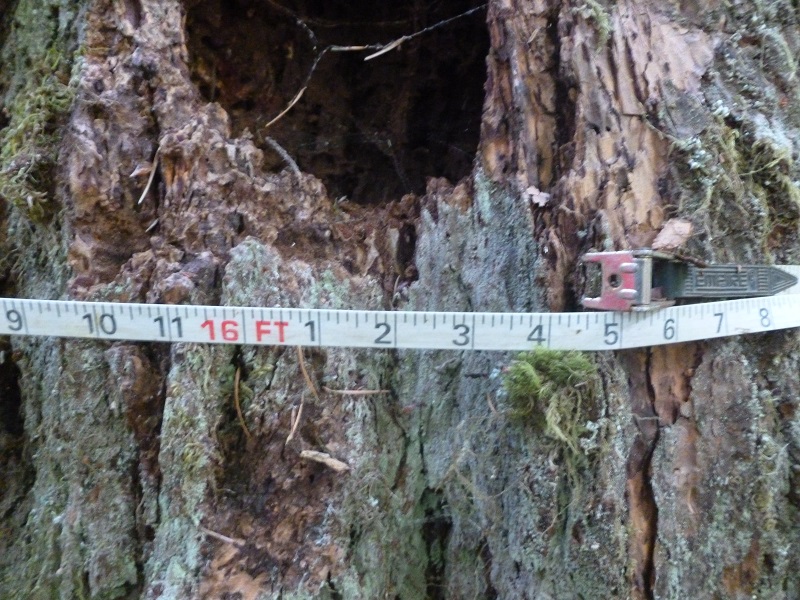
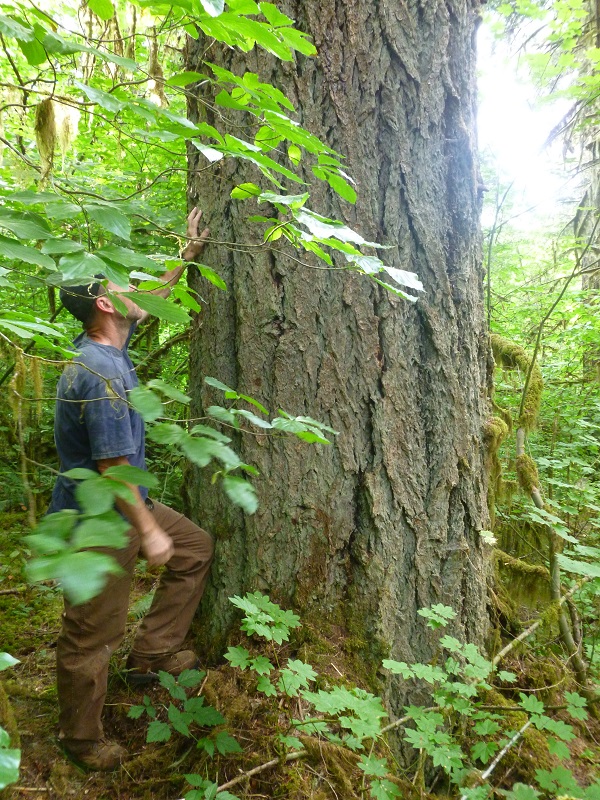
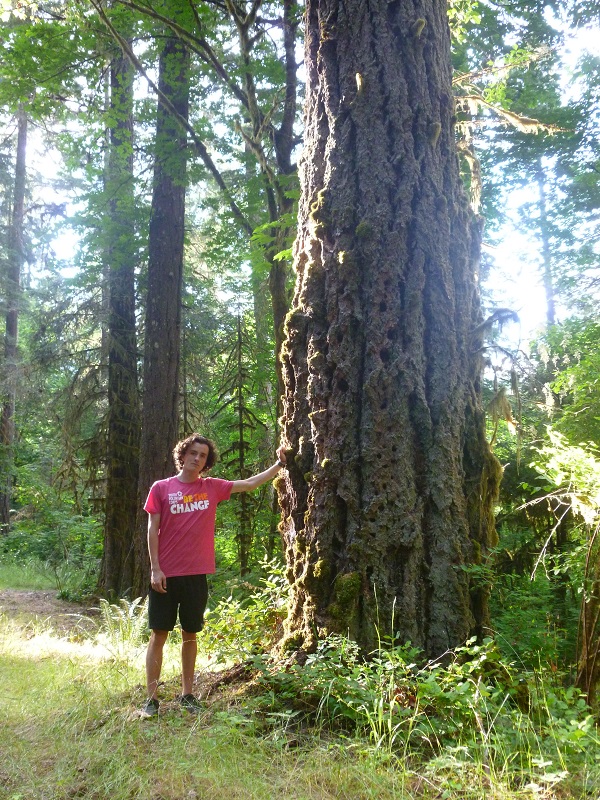

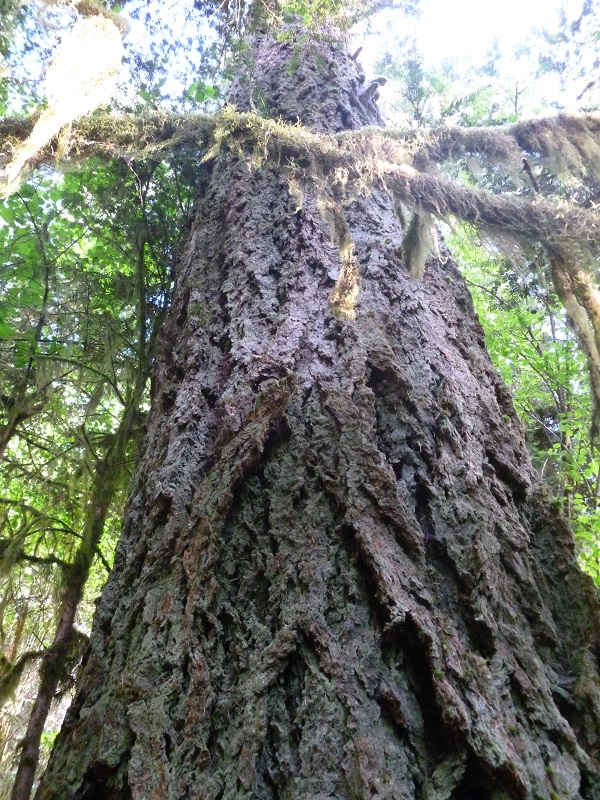


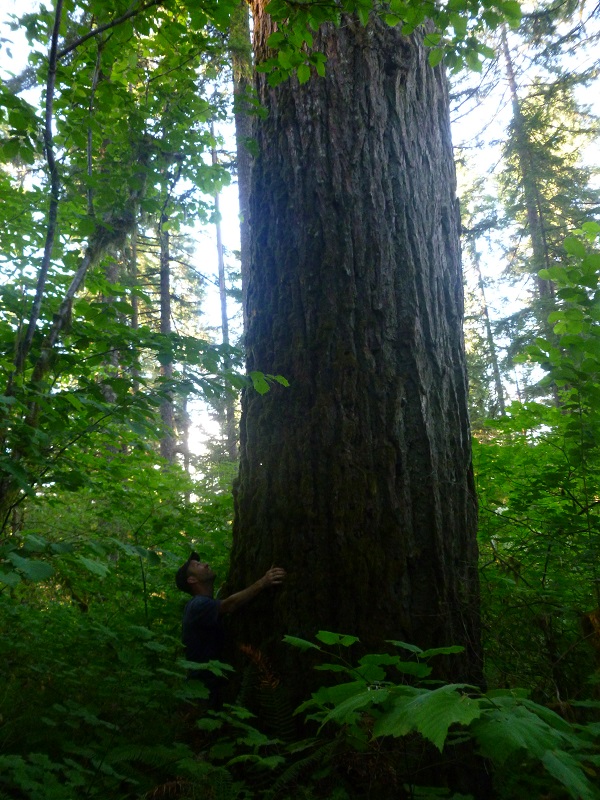
(1) “Arthropod Diversity and Functional Importance in Old-Growth Forests of North America”, by Timothy Schowalter (2017)
(2) “Public Perceptions of Clearcutting”, Journal of Forestry, by John Bliss (2000)
(3) “Oregonians say they want more land and water protections”, The Pew Charitable Trusts (2013, May 21)
